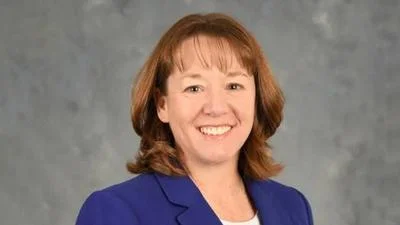HSHS St. Joseph's Hospital issued the following announcement on Sept. 25.
September marks Sepsis Awareness Month, dedicated to putting a spotlight on the third leading cause of death in the U.S. – sepsis.
Sepsis is the body’s overwhelming and life-threating response to infection, which can lead to tissue damage, organ failure and death. Because sepsis can not only be treated, but prevented, thousands of lives can be saved each year by simply raising awareness of its symptoms. In 2014, Sepsis Alliance, the nation’s leading sepsis patient advocacy non-profit, designated September as Sepsis Awareness Month to draw attention to this treatable condition that takes more than 270,000 lives each year in the U.S.
Any type of infection can trigger sepsis and it can develop very rapidly. A relatively healthy person can get very sick, very quickly, sometimes before they even realize they have an infection. It is not known yet what causes sepsis to occur in some people and not in others, but medical professionals do know that some people are at higher risk of developing sepsis. These include:
- People over the age of 65 years.
- Young children, especially under the age of one year.
- People with weakened immune systems, which may be caused by immune suppressing medications (such as corticosteroids and chemotherapy), and those who do not have a spleen.
- People with chronic illnesses, such as diabetes or chronic obstructive pulmonary disease (COPD).
- Sepsis is a medical emergency that kills 270,000 Americans a year – one every two minutes – which is more than prostate cancer, breast cancer, and AIDS, combined.
- More than 75,000 children develop severe sepsis each year and 6,800 of these children lose their life, more than from pediatric cancers.
- More than 1.7 million people in the U.S. are diagnosed with sepsis each year – one every 20 seconds.
- According to the 2017 Sepsis Alliance Annual Survey, less than one percent of adults can identify symptoms of sepsis.
Original source can be found here.






 Alerts Sign-up
Alerts Sign-up